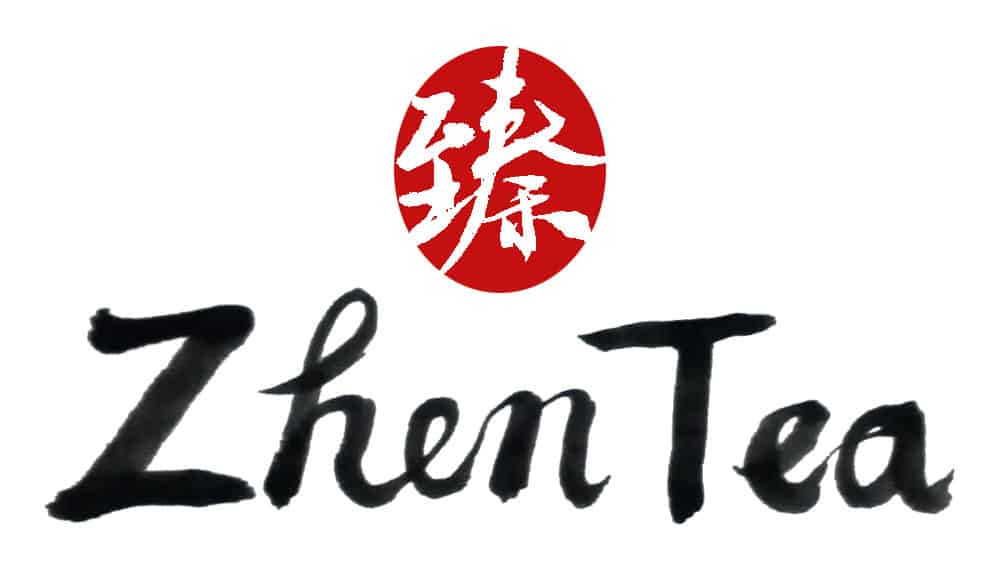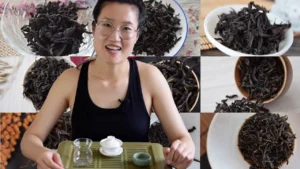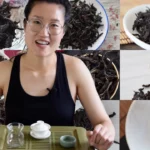Testing a Hypothesis
One thing we were to eager to do during this visit to Yunnan was to experiment with sheng pu’er process. We want to put some controls around the different processes and taste the differences over time.
The way to process sheng pu’er now is wither (wei diao), kill green (sha qing), rolling (rou nian), and sundry (shai gan). Our questions lie in the process of kill green and rolling. The aging of pu’er relies on the enzymes and bacteria present in the leaf and by adding the kill green step, what enzymes would be left to fuel the fermentation process in the tea? The rolling step helps to get the juice out of the leaves and allows oxidation to occur more easily. There’s no doubt that rolling helps the flavor of the tea, but we wonder how it will affect the performance of the tea’s aging?
Many claim that this is the traditional pu’er process, but we strongly disagree. Knowing the historical, economic and cultural situation of Yunnan and the character of local people, it’s not hard to understand that the “traditional” way couldn’t include steps like kill green and rolling. In the past, pu’er loose leaves were processed similarly to white tea – sun dried, and then pressed into different shapes. This is documented, albeit briefly, in some old texts from the Qing Dynasty, and it was also witnessed by Jianli in the late 90’s and early 2000’s in the Yiwu area as local farmers used this very simple process.
I sometimes joke that today’s pu’er process is the combination of the white, green, and oolong processes. There’s no doubt that the modern process greatly improved the taste of the new/young pu’er. We also noticed that the sheng pu’er processed with this technique ages very fast. Just couple of years, the signature camphor flavor of aged tea emerges in the liquor.
But our guess is that this new technique, while greatly improve the flavour of young tea will leave the tea lacking sufficient substance to fully age (I’m talking about 20, 30 years and more), while the traditionally processed tea performs poorly in its early life, they improve gradually, especially after 30 years!
Based on this hypothesis, we picked a small batch of tea and made into 4 groups:
- traditional process (only sun dried);
- sun dried then rolled
- kill green then sun dried; and
- kill green then rolled then sun dried.
All the tea is from the same garden, the picking standard is one bud and two leaves, the process is all handmade. Once we were done processing the four batches we brewed some right away to establish a base line. As we expected, the tea from group 4 taste the best. We’ll sample these batches again in a couple of years and see how things are progressing.
The experiment is not to make a claim about which process is better, traditional or modern. Personally, I think the new process is quite practical. How many tea drinkers will really save a tea for 10 to 20 years or more without drinking it? Even those who do would still enjoy something while they were waiting. There’s nothing wrong with having some delicious pu’er even though it’s young. I like these new style sheng pu’er for the same reason I enjoy Shu pu’er.









